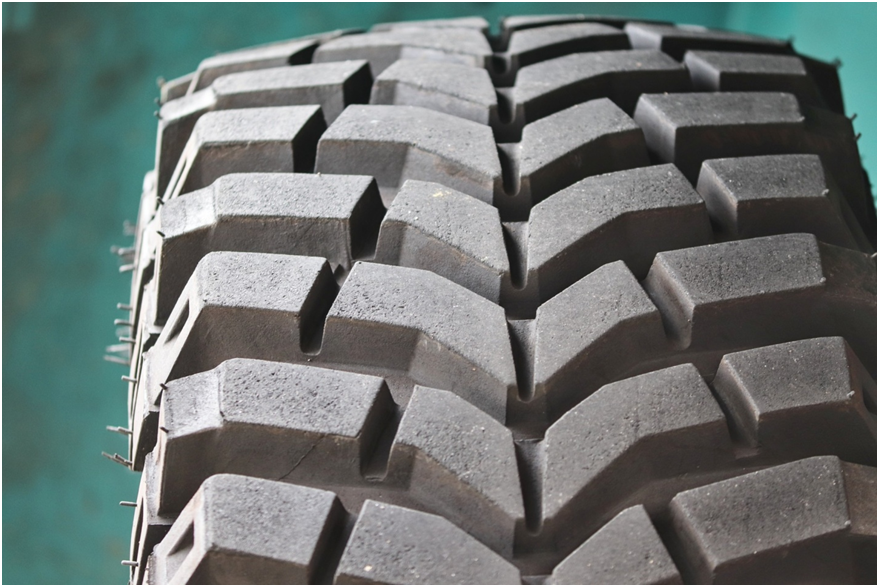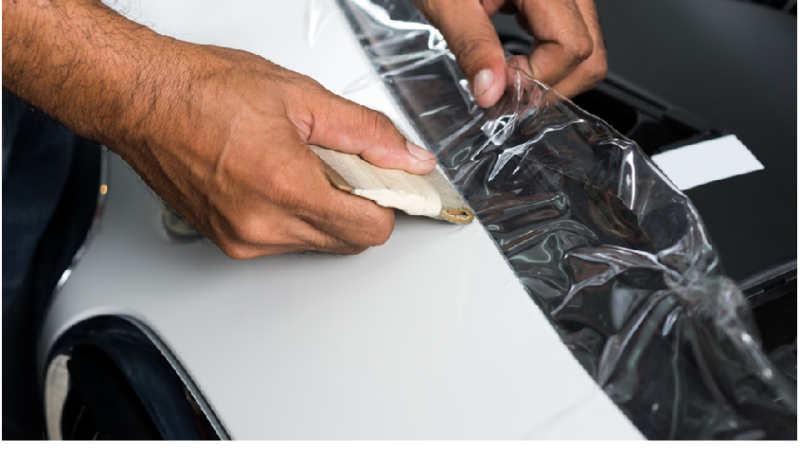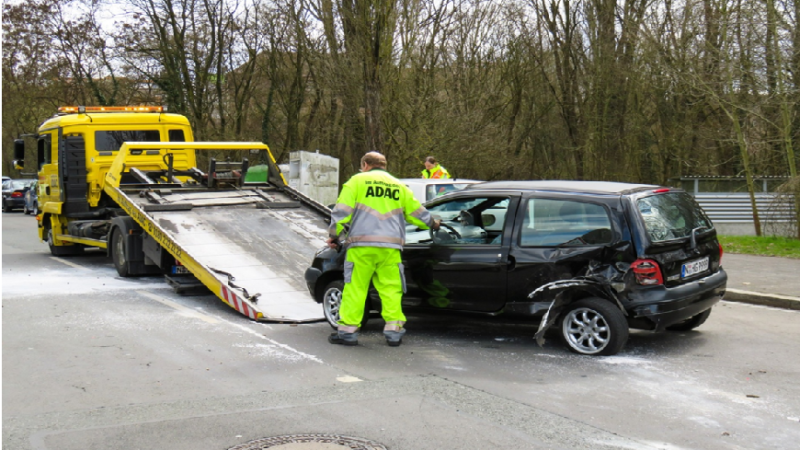The Signs You Need New Truck Tires (and How to Choose the Best Ones)
One of the most important safety features of your truck is the tires. Furthermore, they offer the only point of contact between your truck and the road. Even the powerful brakes, brawniest engine, and top-tier anti-skid system are under the heal of tire’s grip on the road surface.
Every move you make on your truck’s steering wheel, gas, or brake pedal is transmitted to the road by the wheels. This implies your truck tires will affect your vehicles, performance, comfort, and safety. When your tires are under-inflated, worn-out, or unsuitable, you’ll be risking yourself, your vehicle, and other road users.
When was the last time you inspected your truck tires? Are the tires in mind condition, or do you need new ones? And if you do, how do you choose the best tires for your truck?
As a truck owner, determining if you need new tires can be overwhelming if you don’t know what to check on. Also, you are spoilt for choices that can make choosing new tires intimidating. To help you out, here’s a complete guide about truck tires.
Signs You Need a New Truck Tires
No matter how good your truck tires are, at one time, they’ll be worn out and need a replacement. But knowing the right time to replace your tires can make a world of difference. Here are some of the signs indicating your truck needs new tires.
Too Much Vibration
One of the major warning signs that your truck needs new tires is too much vibration. Of course, a certain amount of vibration is unavoidable when driving, especially on badly paved roads.
You’ve been driving your truck for a while, right? Well, you can easily tell the difference between normal vibration and when something’s wrong.
If there’s too much vibration, there are several culprits. It could be that your tires are unbalanced or misaligned, or your shock absorbers are worn out. However, don’t overlook the possibility that your tires have internal issues and need to be replaced.
Even though the tire might not be the major cause of these vibrations, have the root issue identified and corrected. The vibrations can easily cause extensive damage to the tires escalating the problems. If you notice constant vibrations even when driving on good roads, it’s time to have the car checked.
In most cases, the vibration will be a reason for tire replacement or have them realigned.
Bulges and Blisters on the Tire
With age, the out surface of the tire will start weakening. This can cause a blister or bulge extending outward from the tire surface.
This is similar to the aneurysm in a blood vessel. You already know you’ll need emergency medical attention to prevent the artery from blowing out.
Well, it’s the same case with your tire. The blister or bulge is a weak spot that can cause a sudden blowout. If you don’t take your truck to the mechanic promptly or replace the tire, then the tire may blow out on a highway causing avoidable injuries and damages.
Cracks in the Side Wall
If your tire has weathered or cracked sidewalls, this may be a warning sign to replace the tire. With a simple visual inspection of your tire, you can easily identify sidewall problems. You’ll be checking for cuts or cracks in the sidewall or grooves which are discernable by the naked eye.
Cracks or cuts on the sidewall indicate the tire is developing a leak or, even worse, it’s about to blow out. Of course, you want to avoid any potential auto accident cause, don’t you? Well, take your car to a mechanic once you identify these issues to get the tires replaced.
Tread Wear Indicator Bar
If you have newer tires on your tires, then you’ll enjoy the convenience that you can’t get with older tires. Newer tires feature tread wear indicator bars that are built into the tires, making it easy to identify wearing. The bars are barely visible or invisible when the tires are new and will gradually appear as the tread wears down.
Tread wear indicator bars look like flat rubber bars that run perpendicular to the tread direction. In case you can see one or two bars on the tire, this indicates the treads are getting low, and a new tire is necessary. If you are not sure, take your car to an auto shop or tire company, such as https://www.ozzytyres.com.au/ to know if you should replace the tires.
Tread Depth
Your tire’s tread depth should never go below one-sixteenth of an inch. If you regularly drive on wet, slick surfaces, then you might need twice as much as this. Buy a gauge to measure your tire’s tread depth like the professionals.
However, if you want to do it old-school, you don’t have to spend anything. Take a Lincoln-head penny and insert Abe’s head into the tread (head-down). Now, if Lincoln’s whole head is visible, then your treads are worn-out.
You’ll need to take your truck to a local tire to get the tires replaced.
How to Choose the Best Truck Tires
If you’ve identified the need to replace current tires, you’ll need to embark on a new tire buying journey. However, keep in mind not any tires will be perfect for your truck. And the wrong choice can be costly, compromising the safety and performance of your vehicle.
With a myriad of options when purchasing new truck tires, the task can be challenging. However, knowing what to check for and how to go about it will ease the process and make it easy to buy the perfect tire. If wondering what you need to check on when buying new truck tires, here are tips to get you started.
Choose the Right Tire
One of the consumers’ key mistakes when buying new tires is not checking on the correct size. Remember, all tires are different and are made for a particular purpose. When buying one, be sure you’re choosing the right one for you.
To ensure you buy the right replacement tire size, check on the sidewall of the current tire. Here, you’ll find a code with the tire’s capabilities and size. Check on the sample code below:
P195/60R16 63H M+S
- P-Type of tire
- 195 – Tire width across the tread in millimeters
- 60 – Sidewall aspect ratio compared to the width
- R – Radial construction
- 16 – Rim diameter in inches
- 63 – Load rating of the tire
- H – Speed rating of the tire
- M+S – All-season driving tire
If the tire code starts with LT other than P, then it’s a light truck tire. Light-truck tires are designed for SUVs and Pickup, and their load capacities are higher. Thus, when buying your truck tire, confirm the tire-size code starts with LT and not P.
Consider How You Drive
Before you get started in shopping for new tires, it’s important to keep a few things in mind. These include:
- The type and size of tire recommended by the owner’s manual
- Your needs and priorities such as your type of driving; firm ride, soft ride or both
- The load capacity of your vehicle
- Consider ride quality, fuel economy, noise suppression, wear, and cost.
Taking into account these aspects ensure you purchase the perfect tires for your truck. Furthermore, you’ll be sure about your unique needs, preferences and you can narrow down your options. This makes the shopping process of a new tire much easier.
Consider Tread Wear
How long your tire will last will depend on a number of factors. These include road conditions of where you drive, elevation, climate, and your driving habits. For instance, if driving in harder or poor road conditions, then your tires are likely to wear down faster.
Potholes, curvy roads, and other similar road conditions result in tread wearing down faster. Also, if you are used to making long, frequent burn-outs on roads, then your tires won’t also last long.
Check on Reviews
Before you purchase tires, why don’t you read what other consumers are saying about them? You can get crucial insights from by reading online reviews from websites such as Consumer Reports. This will also involve conducting a little research to make an informed decision.
When conducting your research and reading reviews, be keen on various factors. These include fuel economy, the lifespan of the tire, noise, and potential recalls or issues with the tire. Also, check for the tire ratings for wet/dry braking, tread life, hydroplaning, and ride comfort.
This information will give you a good perspective about the tire you are about to buy and whether it matches your needs.
Here’s a Guide on Truck Tires
Your truck tires are the most important safety feature you have. At all times, you want to ensure they’re in good condition for top comfort, safety, and performance. If replacing your truck tires, be clear-headed to purchase the perfect truck tires to suit your needs.
The above are warning signs you need new tires and how to choose the perfect tires for your truck.
Was this article exciting to read? If yes, check out other informative blogs from our website.






